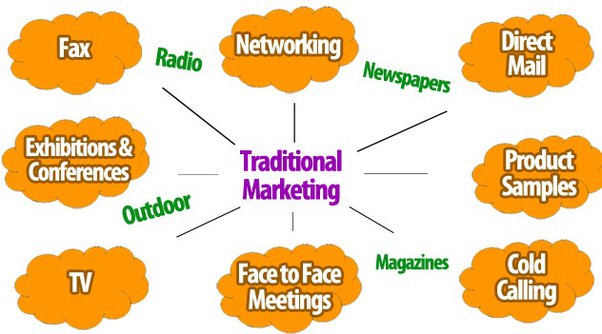Creating engaging content is crucial for attracting and retaining your audience, building trust, and driving meaningful interactions. Whether you’re a marketer, blogger, or business owner, understanding how to develop content that resonates with your audience can significantly boost your online presence. Here is a comprehensive guide to help you create content that captivates and converts:
1. Understand Your Audience’s Needs and Preferences
To develop engaging content, start by understanding who your audience is and what they care about. Conduct thorough audience research, including surveys, social listening, and analyzing customer feedback, to identify their needs, interests, pain points, and preferences. Create detailed buyer personas to guide your content creation, ensuring it aligns with their expectations and preferences.
2. Choose the Right Content Formats
Not all content formats appeal to every audience. Depending on your target demographic, consider using a mix of formats such as blog posts, videos, podcasts, infographics, and social media content. Experiment with different formats to see what resonates best with your audience. Diversifying your content types keeps your audience engaged and caters to varying content consumption preferences.
3. Craft Compelling Headlines and Introductions
Your headline is the first thing your audience sees, and it determines whether they will click and engage with your content. Make your headlines clear, compelling, and concise. Use powerful words and include relevant keywords to grab attention and improve SEO. Similarly, your introduction should hook readers immediately by addressing their pain points, posing a question, or sharing an intriguing fact or story.
4. Provide Value Through High-Quality Content
Focus on delivering valuable and informative content that solves your audience’s problems, answers their questions, or educates them on relevant topics. Content that provides real value is more likely to be shared, liked, and bookmarked. Always aim for originality, depth, and accuracy, ensuring your content stands out from the competition and establishes your authority in your niche.
5. Use Storytelling to Connect Emotionally
Storytelling is a powerful tool to make your content more relatable and engaging. Share personal experiences, customer stories, or real-life examples that evoke emotions and connect with your audience on a deeper level. Stories make your content memorable, create an emotional bond, and encourage readers to take action, whether that’s subscribing, sharing, or making a purchase.
6. Incorporate Visuals and Multimedia Elements
Visuals such as images, infographics, videos, and GIFs can enhance your content’s appeal and break up large chunks of text, making it more digestible. Multimedia elements like videos and podcasts can engage different types of learners and keep your audience on your page longer, reducing bounce rates and improving SEO performance. Ensure all visuals are high-quality, relevant, and properly optimized for faster loading times.
7. Optimize for SEO to Increase Visibility
SEO optimization is essential for ensuring your content reaches a broader audience. Conduct keyword research to identify the phrases your audience is searching for, and incorporate them naturally throughout your content. Use SEO best practices, such as optimizing meta descriptions, using header tags, including internal and external links, and ensuring your content is mobile-friendly. High-ranking content is more likely to be found, clicked, and shared.
8. Encourage Audience Interaction and Feedback
Make your content interactive by encouraging your audience to leave comments, share their opinions, and participate in polls or surveys. Ask open-ended questions at the end of your content or invite readers to share their experiences. Engaging with your audience through comments and replies builds a community around your brand and encourages repeat visits.
9. Repurpose and Update Existing Content
Repurposing and updating your existing content can breathe new life into it and reach different audience segments. Turn a popular blog post into a video, infographic, or podcast. Regularly update older content with fresh information, new data, or additional insights to keep it relevant and improve its SEO ranking. Repurposing content maximizes its value and extends its reach.
10. Measure Content Performance and Adjust Accordingly
Track your content’s performance using analytics tools like Google Analytics, SEMrush, or HubSpot. Monitor key metrics such as page views, time on page, bounce rate, social shares, and conversion rates. Analyzing these metrics will help you understand what content resonates most with your audience and what needs improvement. Use these insights to refine your content strategy and enhance future content creation.
Conclusion
Developing engaging content requires a mix of creativity, strategic planning, and continuous analysis. By understanding your audience, delivering valuable information, leveraging storytelling, optimizing for SEO, and encouraging interaction, you can create content that not only attracts attention but also builds long-term relationships with your audience.









